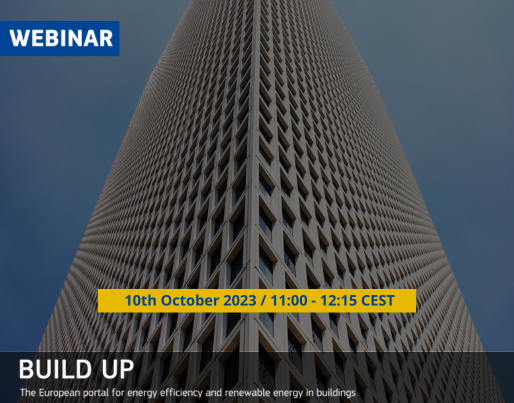Building Renovation at District Level: Combining Energy Efficiency & Renewable Energy Sources

Building Renovation at District Level: Combining Energy Efficiency & Renewable Energy Sources
In this webinar, international experts will present the main findings and recommendations from the IEA EBC Annex 75 project, showing the potential of district approaches for cost-effectively decarbonising the building sector.
Details of the conference
In response to the need to accelerate the decarbonisation of the building sector, Annex 75 demonstrated that several techno-economic district renovation solutions exist. However, this is particularly challenging for the existing building stock, mainly because of inadequate regulations, policy instruments, business models, and many architectural and technical hurdles besides the excessive reliance on fossil fuels. But Annex 75 showed that often the opportunities are greater than the challenges in district approaches.
Through a broad range of recommendations targeted to different stakeholders, Annex 75 shows how to cost-effectively transform existing districts into low-energy and low-emission ones. An integrated approach is required to find a site optimum deep renovation, not only balancing energy efficiency measures and the use of renewable energy but also considering other interests such as stakeholders' cooperation, in-depth knowledge, information, appropriate incentives, regulatory frameworks and innovative business models.
Target Audience:
- Policymakers, including staff from city administrations working on the topics of energy, urban planning, and utilities.
- Companies working in the energy transition field: local and regional energy companies, utilities, construction and installing businesses and contractors, architects, engineers, and promoters.
- Building owners, including their representatives such as facility managers/portfolio managers; in particular, building owner associations and professional building owners